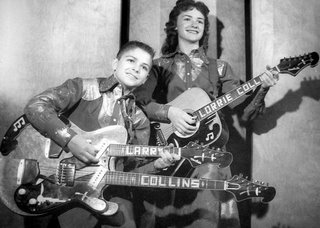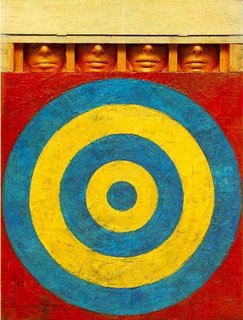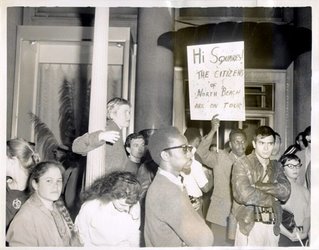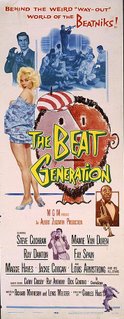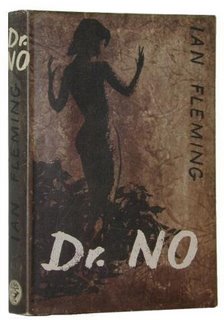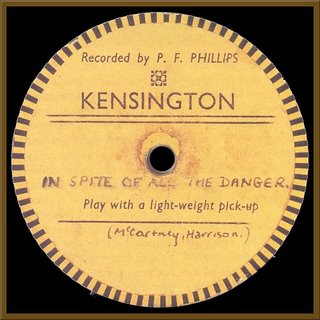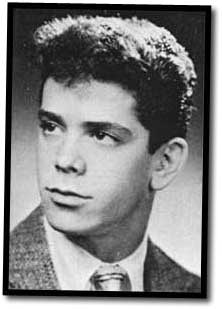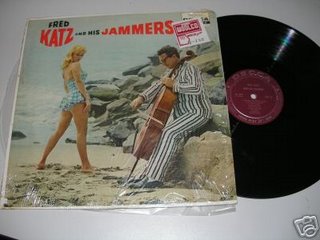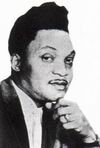
Jimmy Smith, The Sermon.
"Anyone who plays the organ is a direct descendant of Jimmy Smith. It's like Adam and Eve -- you always remind someone of Jimmy Smith," Joey DeFrancesco.
One of the deacons of soul jazz (essentially, jazz heavily under the influence of gospel and blues) was an organist named Jimmy Smith. Smith, born in Norristown, Pennsylvania, in 1925, started out playing the piano and the string bass, but by the mid-1950s, he had found his true instrument: the Hammond B-3 organ. Earlier incarnations of the Hammond organ dated back to the 1930s--the Hammond had been designed to be a replacement for the pipe organ, as well as an updating of the traditional upright piano which used to be a staple of most middle-class homes.
(Cultural devolution, in miniature: My grandmother kept a piano and, later, an organ, in her home; her children, at times, owned elaborate stereo systems; and her grandchildren and great-grandchildren (with the exception of a few oddballs, like those who run MP3 blogs) typically make do with tiny metal or plastic speakers attached to iPods or CD players.)
The Hammond B-3 was, to some purists, a vulgar instrument, best suited for the skating rink or movie intermissions; the B-3 was loud (thanks to the Leslie speaker), its tone was often distorted, and it was capable of generating a host of ridiculous noises. Yet the Hammond fit in perfectly with a resurgence of a smoother, simpler, more melodic type of jazz, along with the return of "dueling tenor" contests, in which saxophone players attempted to outdo each other with loud, flashy solos. By the late 1960s, the sound of the Hammond had become essentially a jazz cliche.
But Smith, when he began playing the Hammond B-3 in a trio with a pianist and drummer, exploited the organ to its limits, making it groan, wheeze, hiss, titter. And to do so, he extended compositions to elaborate lengths--forty solo choruses for "Sweet Georgia Brown," for instance. He played quadrupedally: on the Hammond's twin keyboards, his left hand provided chords, his right soloed, while, via the pedals, his left foot slammed out bass lines, and his right foot controlled the organ's volume.
When Smith found worthy partners, the result would be a sort of soulful hypnosis--long performances built around a rolling, dense groove, over which players would slowly, deliberately offer their own advices. A prime example is Smith's masterpiece, the twenty-minute "Sermon."
It begins with Smith and Art Blakey establishing the groove (Smith, via the Hammond, is providing the bass lines as well). Then comes Kenny Burrell on electric guitar, Tina Brooks on tenor sax (who stays the longest), Lee Morgan on trumpet (who starts out sparring and never relents), and Lou Donaldson on alto sax.
Recorded at Manhattan Towers, NYC, on February 25, 1958; on the essential The Sermon! Because of its length, the track had to be imported at a low bit rate to fit on my server, and so it sounds pretty dire.
The top photo is, of course, Art Kane's "Harlem 1958." Clicking on the photo should make it a bit larger. Try to find Dizzy Gillespie, Mary Lou Williams, Thelonious Monk, Ben Webster, Henry "Red" Allen, Sonny Rollins, Lester Young. (A sobering thought: all the boys sitting on the curb are likely in their sixties now.) All is revealed here.
